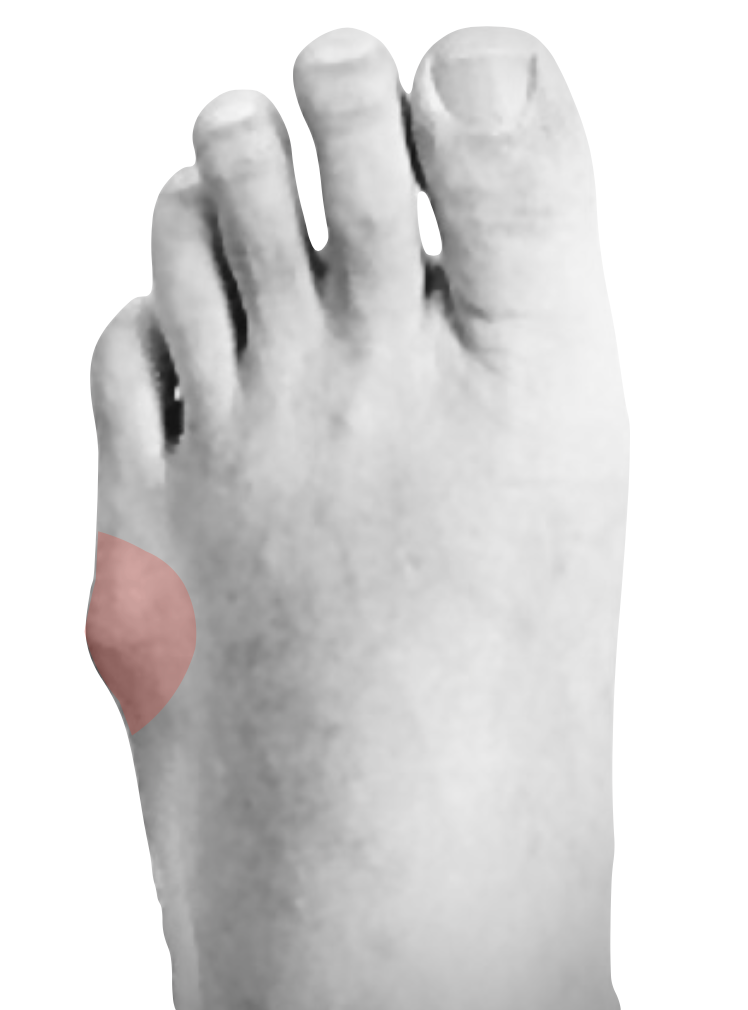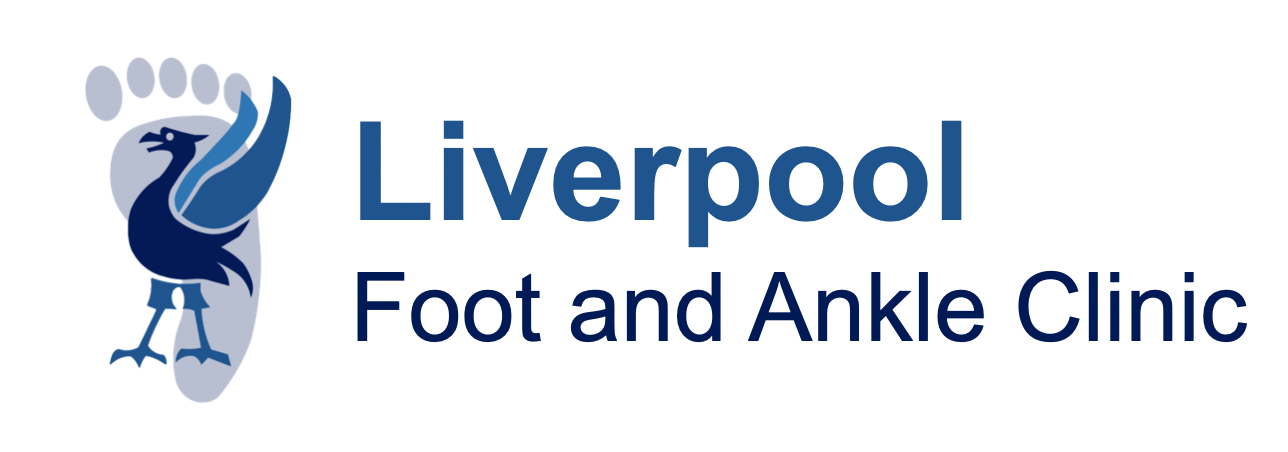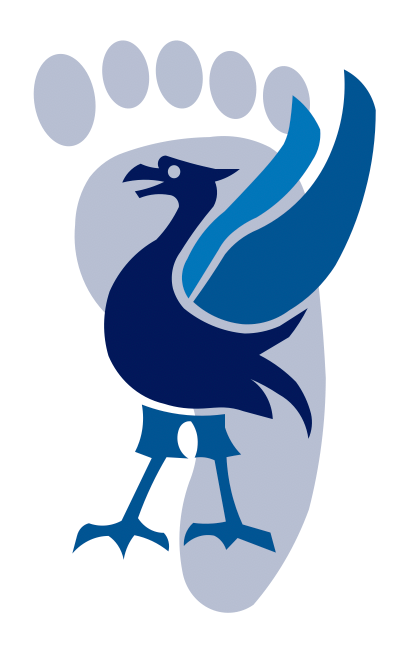
Prof Mason
Liverpool Foot and Ankle Clinic
To book an appointment, either email or phone the number below or click the link.
E-mail: CVDWclerical@outlook.com
Contact Patient Liaison: 07717580737
Bunionette (Tailor's Bunnion)
A bunionette, also known as a tailor's bunion, is a bony bump that forms on the outside of the foot, near the base of the little toe. It is similar to a bunion (which occurs on the inside of the foot near the big toe), but it affects the fifth metatarsal bone instead.
What are the causes of a bunionette?
- Foot structure: People with certain foot shapes or walking patterns are more prone to developing bunionettes.
- Tight footwear: Wearing shoes that are too tight or have a narrow toe box can cause pressure on the outside of the foot, leading to the formation of a bunionette
- Inherited traits: Some people are more likely to develop bunions or bunionettes due to their genetics.
- Certain Activities: The reason its called a Tailor's bunion is because it was associated with the profession, where the outside of the foot was regularly in contact with the floor. This can occur however, with any activity where the outside aspect of the foot is in contact with the floor.
Symptoms
- Pain: Often experienced on the outer aspect of the foot and can be aggravated by walking or other activities.
- Swelling: Around the joint area can be swollen, red and even callused.
- Bony Bumps: The lump can grow in time.
- Difficulty Walking: Discomfort and altered gait due to the pain.

What are the treatments for bunionette?
Treating a bunionette (tailor's bunion) depends on the severity of symptoms and the underlying cause. The goal of treatment is to relieve pain and discomfort. Here are the main treatment options:
Non-surgical Treatments (Conservative)
These are typically the first line of treatment to manage pain and prevent further progression:
- Wider or properly fitting shoes: Wearing shoes with a wide toe box and avoiding narrow or tight footwear can reduce pressure on the bunionette.
- Padding or cushioning: Using bunion pads or moleskin can provide relief by reducing friction and pressure on the affected area.
- Orthotic devices: Custom or over-the-counter foot orthotics can help correct foot mechanics, reduce pressure on the bunionette, and provide better support.
- Ice application: Applying ice to the area can help reduce inflammation and swelling, especially after activities that cause discomfort.
- Anti-inflammatory medications: Nonsteroidal anti-inflammatory drugs (NSAIDs) like ibuprofen or naproxen can reduce pain and swelling.
- Activity modification: Avoiding activities that aggravate the bunionette can help manage symptoms. For instance, prolonged standing or walking on hard surfaces can make symptoms worse.
Surgical Treatment
If conservative treatments fail and the bunionette causes significant pain or difficulty walking, surgery may be considered. There are various surgical procedures, depending on the severity and the specific structural issues:
- Bunionectomy: This involves removing the bony bump on the outside of the fifth metatarsal.
- Osteotomy: In this procedure, the surgeon may realign the bone by cutting and repositioning the metatarsal bone to correct its angle.
- Tendon and ligament repair: In some cases, soft tissues around the little toe may need adjustment to improve alignment.


Key Hole Bunionette Correction
Realignment of the 5th metatarsal maybe necessary to relieve the pain from the bunionette.
FAQs
What is the recovery following bunionette corrective surgery?
Recovery from a bunionette osteotomy can take several weeks to months, depending on the specific procedure performed and individual factors like age, general health, and how well the person follows post-operative care instructions. Here’s an overview of what to expect during the recovery process:
Recovery Timeline Summary:
• Weeks 1-6: Full Weight bearing in a post op shoe with taping around the foot and little toe.
• Weeks 6-12: Transition into a normal
shoe depending on healing, walking unaided.• Months 3-6: Continue strengthening and return to regular activities, with full recovery expected by 6 months.

